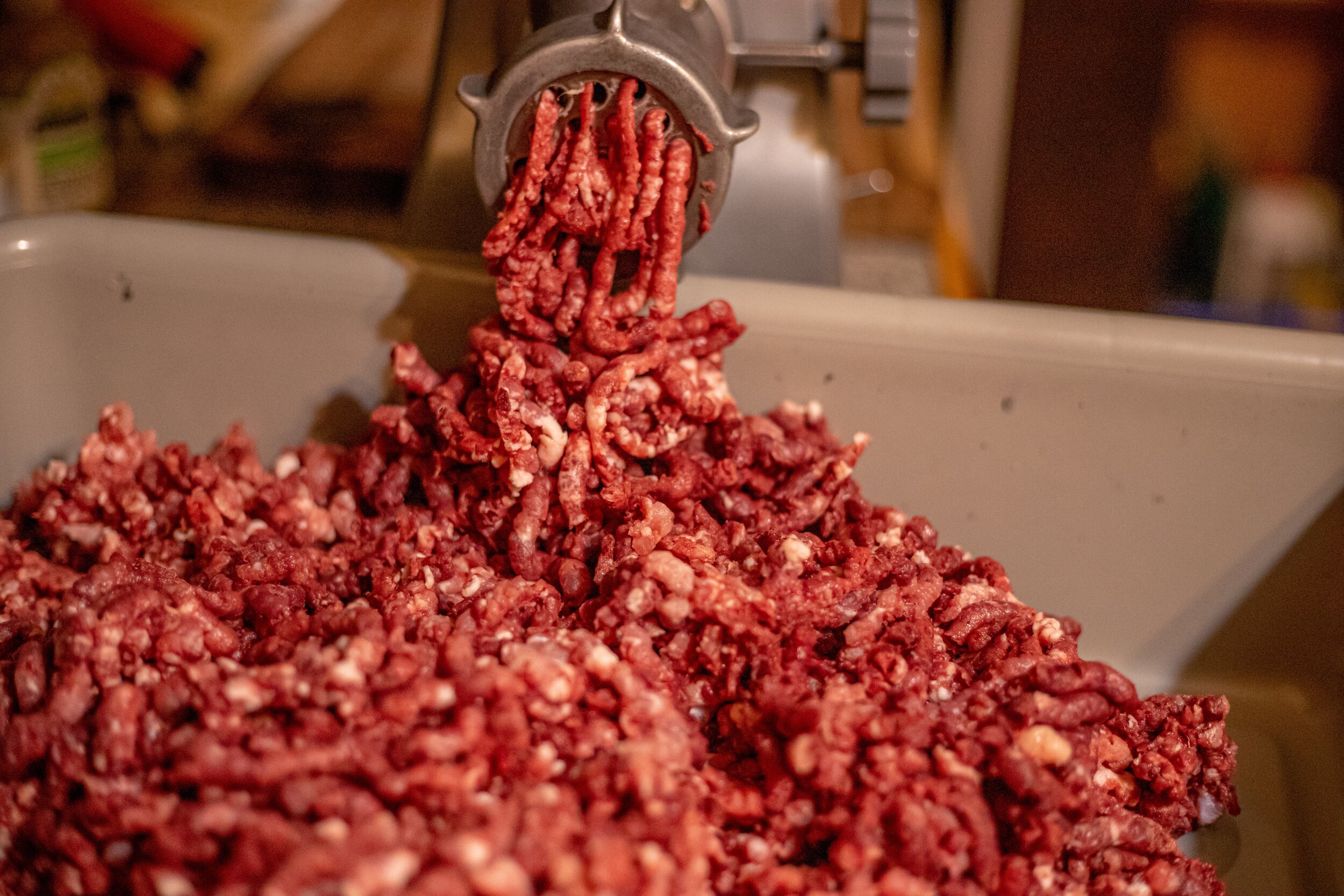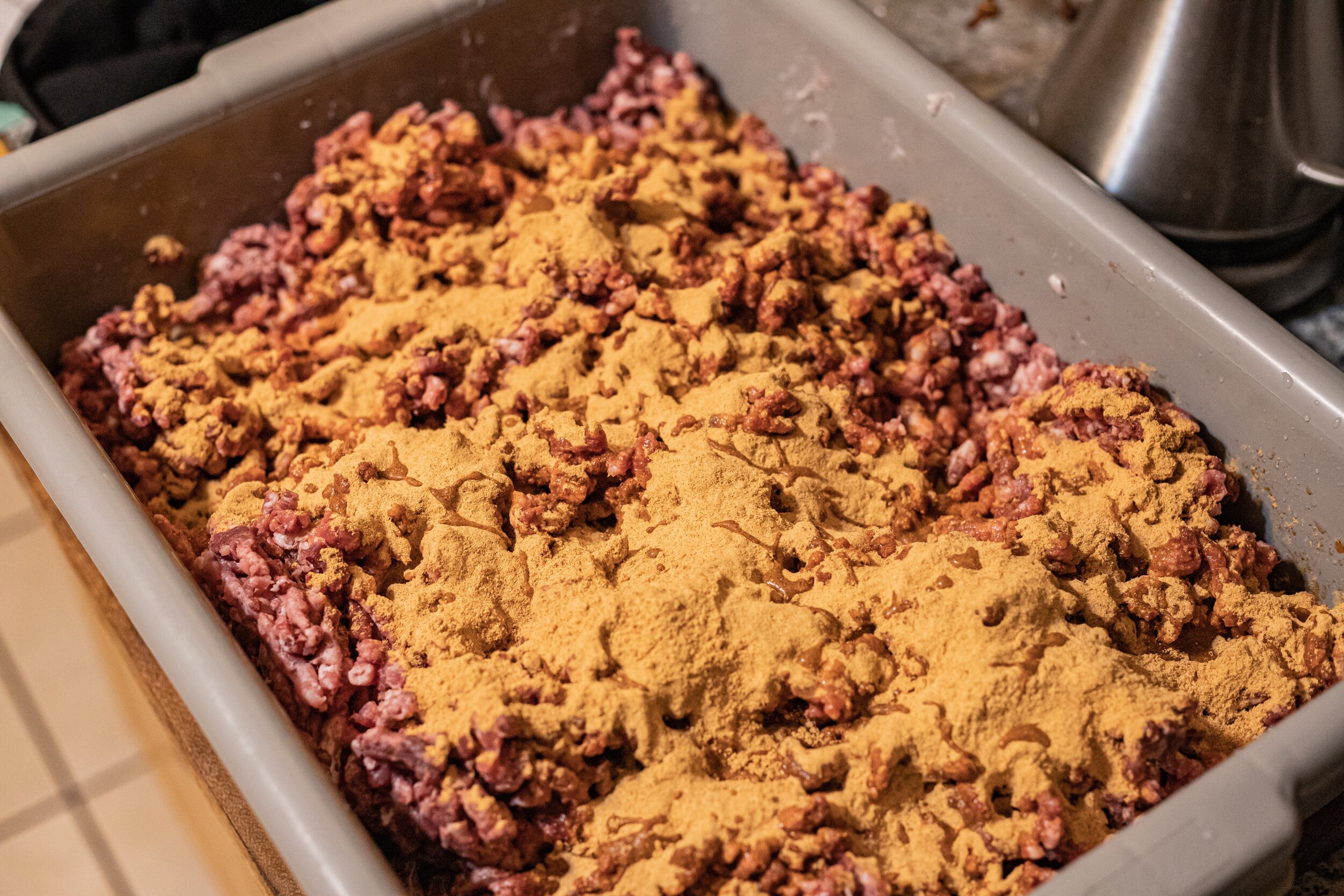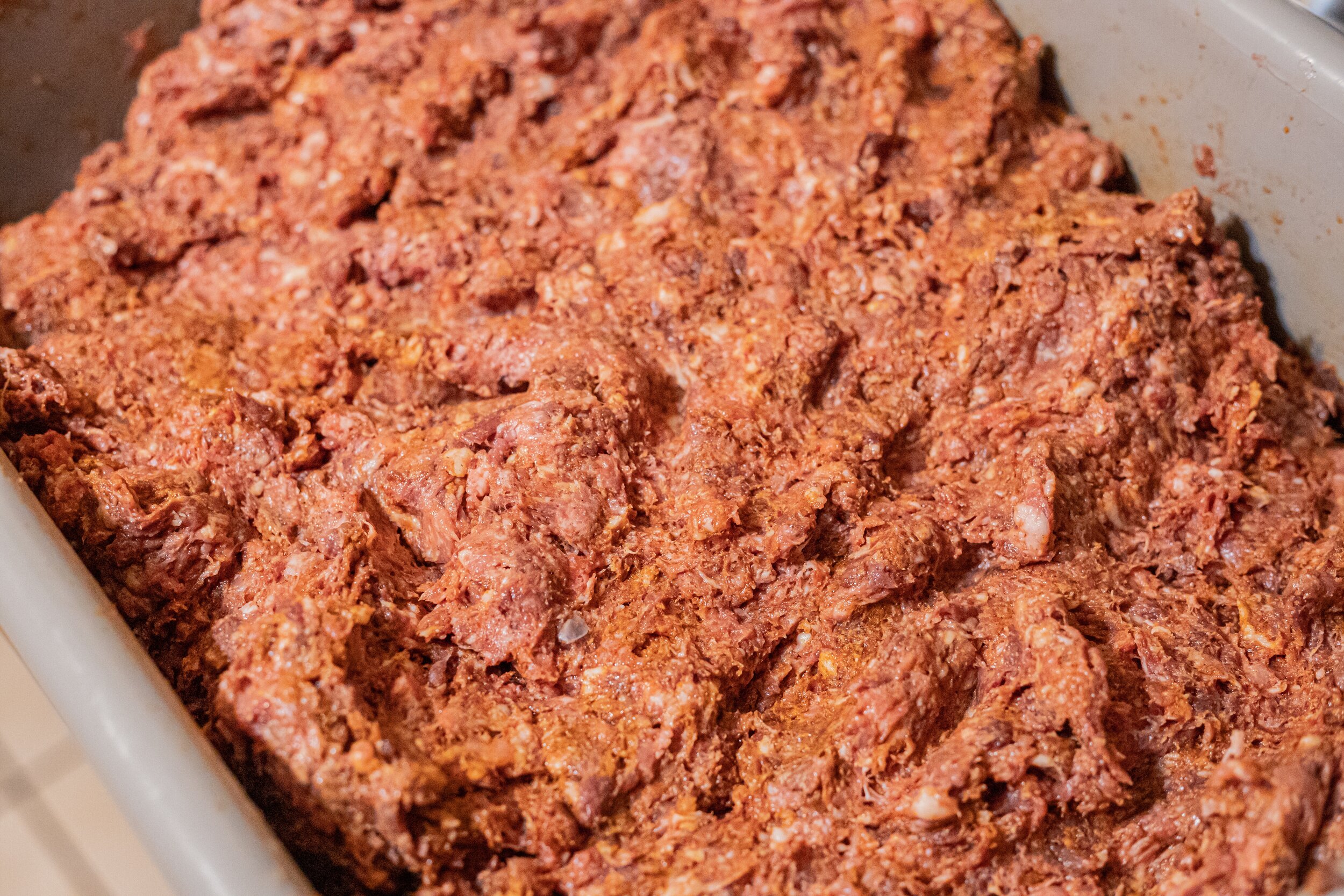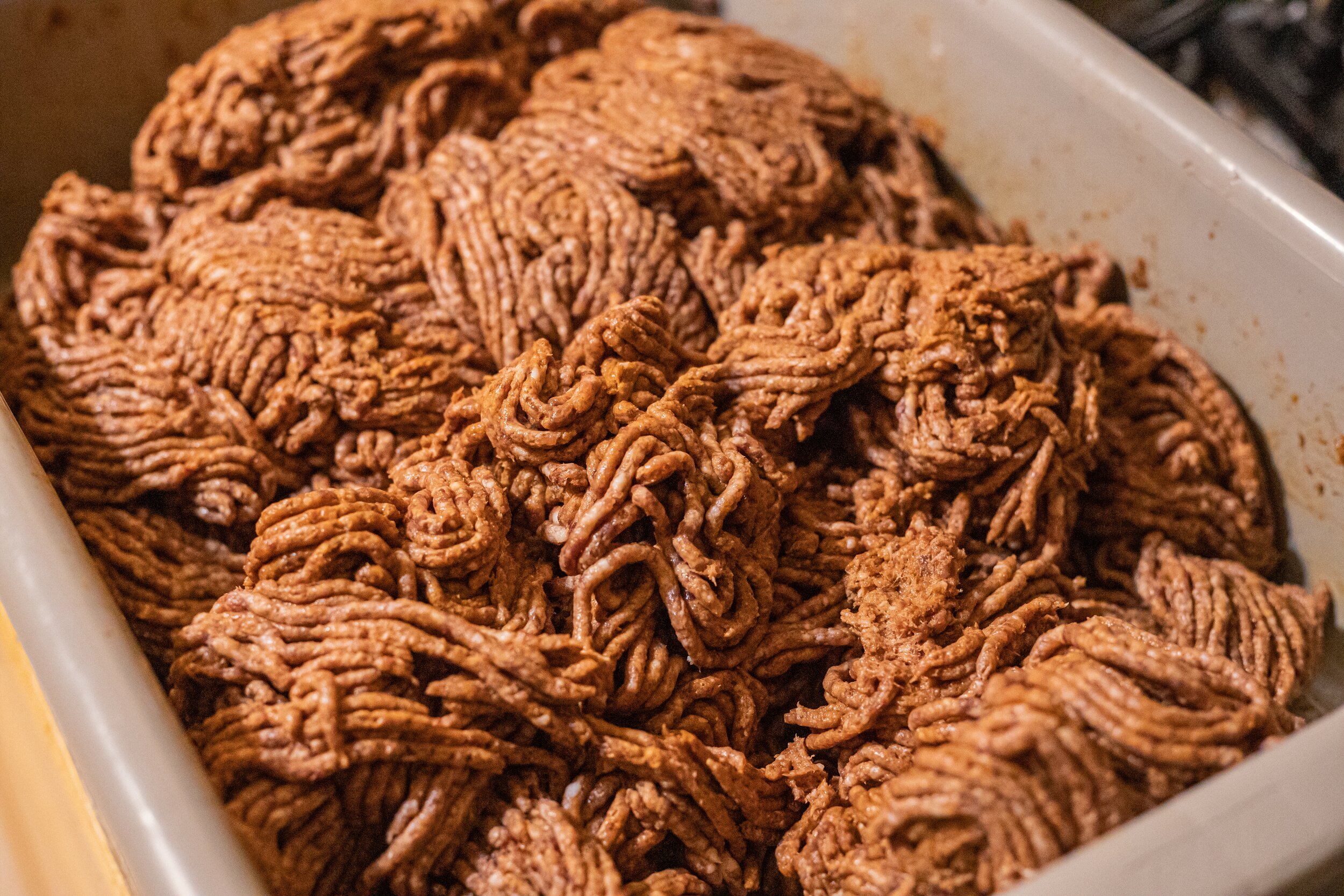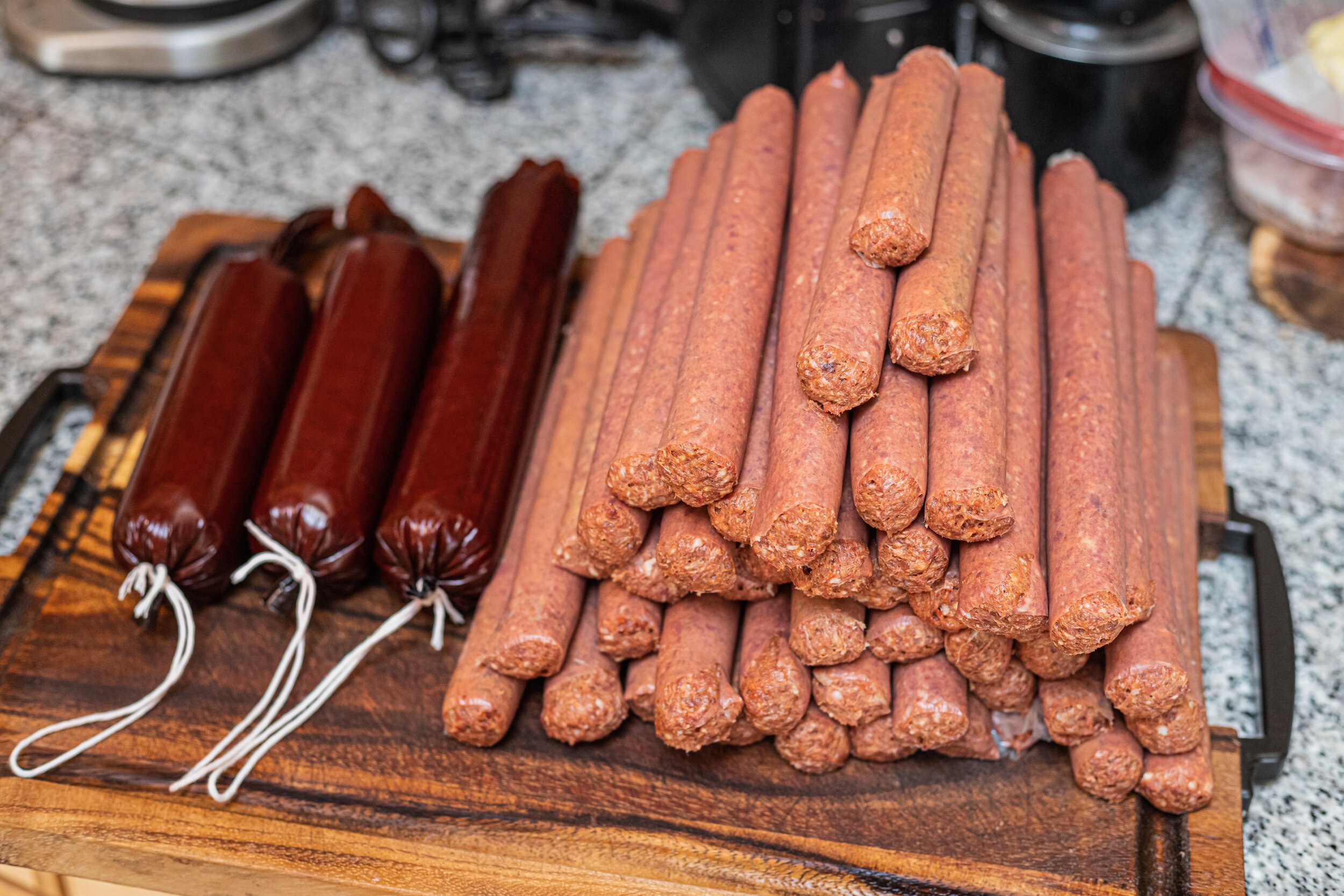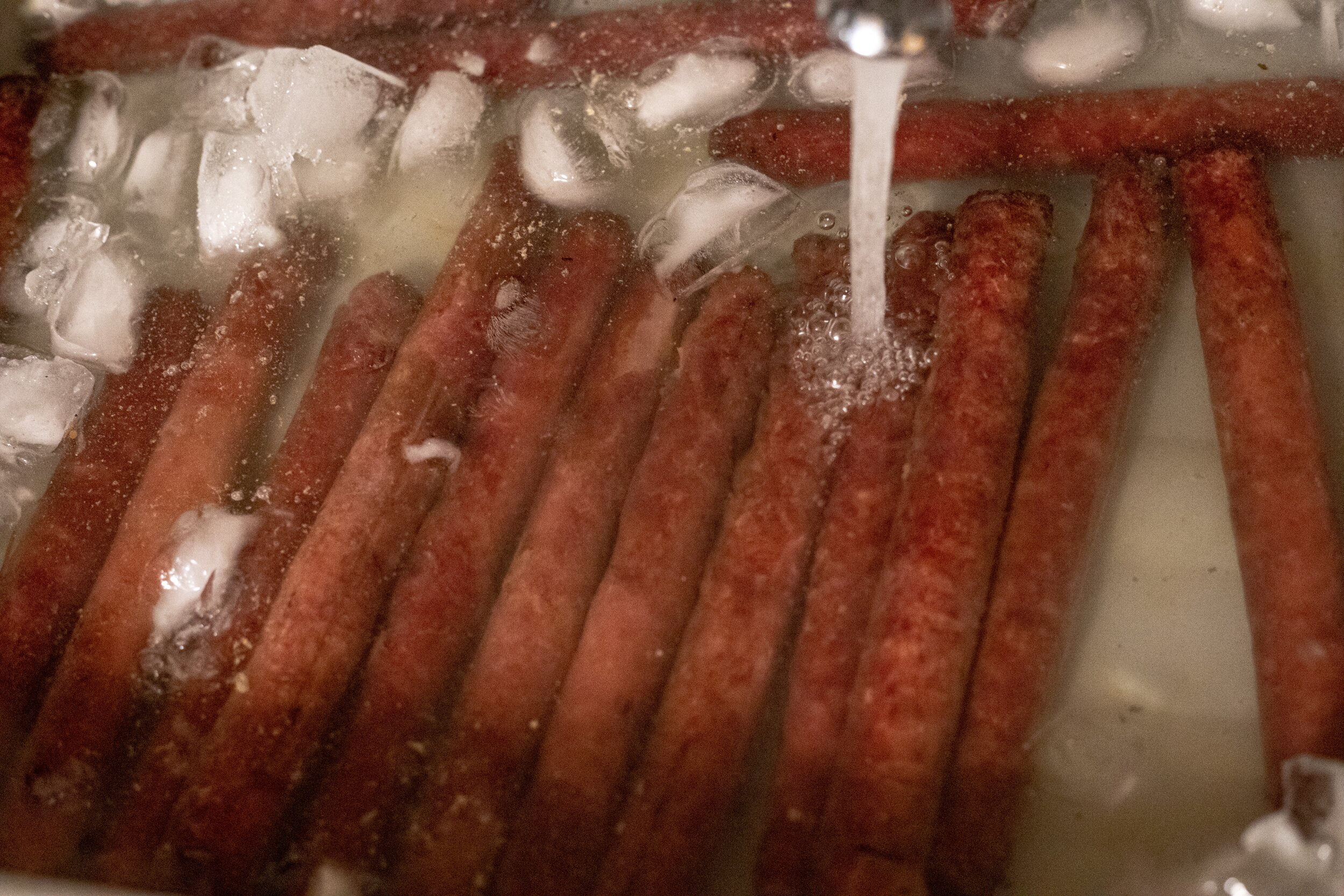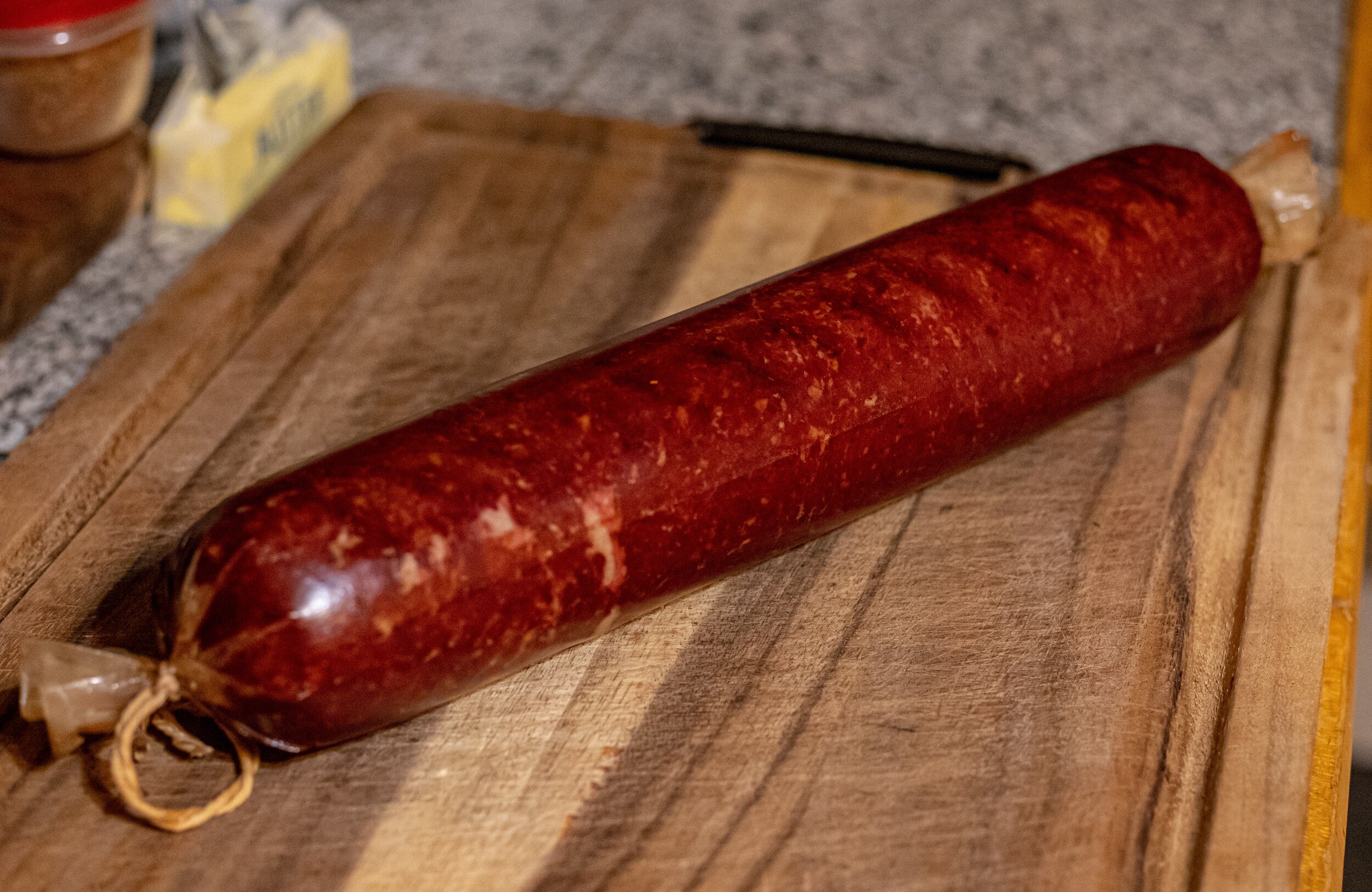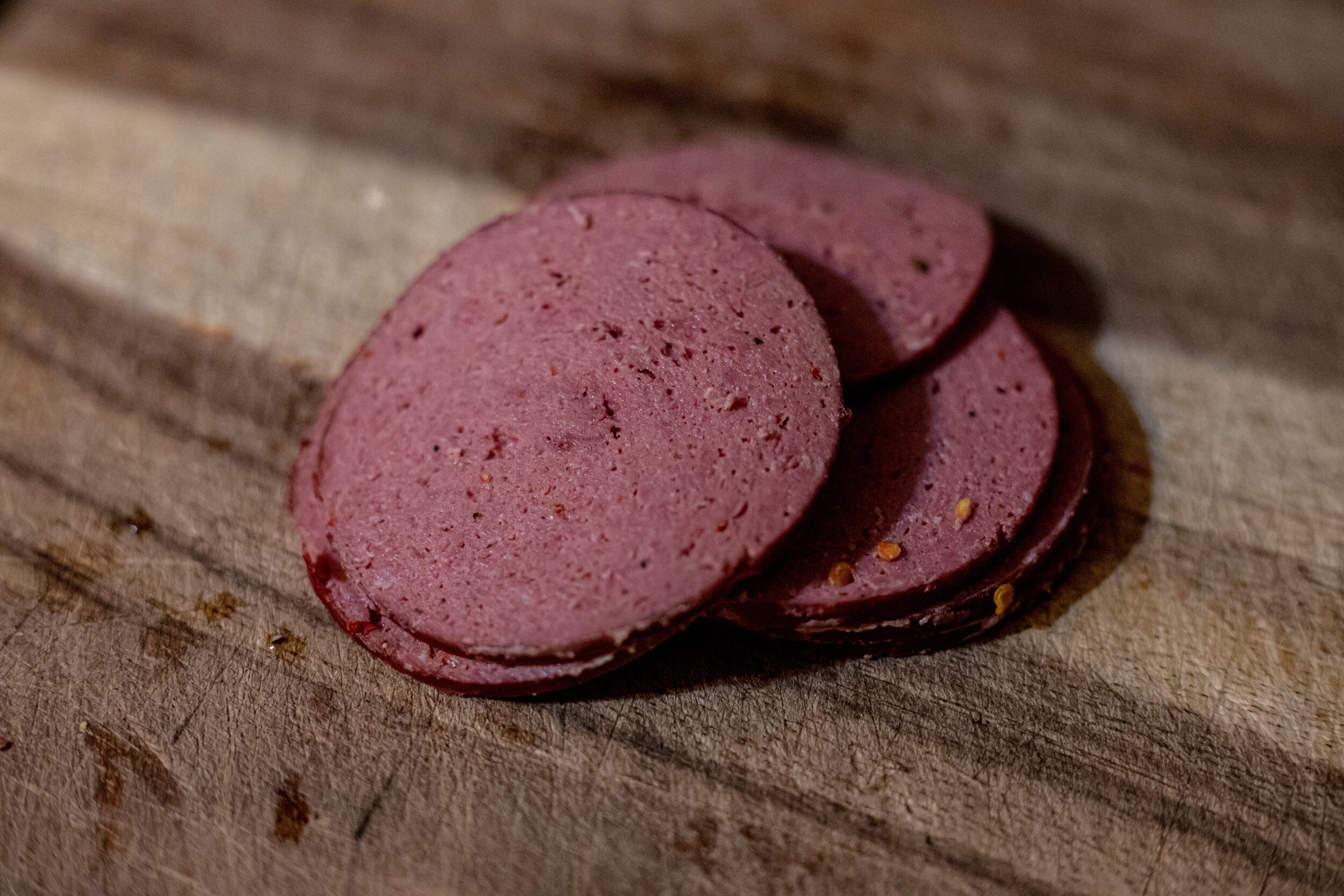From Picture Pile to Grind Pile: Ground Meat Tips
Corey Mulhair for SPLIT REED
Summer Sausage. Chorizo. Snack Sticks. Fresh Sausage. Burger. Pepperoni. Bologna. Some of these are occasionally associated with ducks and geese- others rarely or never.
Among the great hunts that result in piles of ducks and geese, as well as those individual birds that get shot up in the breasts- many hunters are very likely to end up with plenty of meat quite suitable for the grind each season.
There are numerous options for what to do with the rewards of a successful duck or goose hunt. Options include whole roasted birds to halved birds, breasted birds to pastrami, poppers or fajitas, to summer sausage and snack sticks and more. Waterfowlers often display a mixed bag regarding levels of enjoyment when it comes to the flesh of a duck or goose. It’s no secret that people often enjoy the hunt much more than the quarry, which is okay- so long as the game is ultimately utilized. A lot of ‘purists’ tend to think if you don’t pluck a bird it’s a waste- coincidentally a lot of those purists also arent shooting 200 birds a season (I’m referring to the fact that it’s a real job to pluck 200 birds). Whether you shoot three birds a year or three-hundred, the way you use your birds is your choice.
That being said, I think that ground waterfowl products absolutely have their place on the table (or in the blind!). I like to make snack sticks, summer sausage, bologna style logs for lunch meats, chorizo, and a few other easy-to-make-at-home processed wild meats. The beauty is that there are a number of great companies that can supply you with seasoning blends and cures for a number of different homemade meat treats. Check out LEM Products, HI Mountain, and the Sausage Maker to see some of your options.
Below, you will find my tips for grinding duck/goose meat. This isn’t so much a recipe guide as it is a ‘methods and good practices’ outline.
1. The Brine - Breast and Rest
This is something I do with all my waterfowl that I breast out. When I’m at home, I breast a bird and drop the meat into a bucket of water. The brine is mixed with about 1TBS of salt per gallon of water. The saltwater helps pull out blood from the meat, improving the flavor and giving the meat some time to tenderize before further processing. If you want, you can trim silverskin before the brine, but when you’re breasting out a couple of days worth of limits of honkers, it’s a lot easier to breast the meat and drop it into a bucket or tub of brine and trim later.
Brine the breasts in salt water for about 3 days if time permits. If temps are below 38 F outside, you can leave the brine outdoors, otherwise, brine in a bowl in the refrigerator.
2. The Unwanted Stuff - Clean the Meat
The Unwanted Stuff is something of a double entendre, referring to removing the stuff you don’t want in your ground meat, but also touching on the idea that even a shot up bird is good to use- just get rid of the nasty bloodshot and debris and you’re good to grind.
If you’re planning on grinding a pile of meat, the first thing to do is start with clean stock. That means properly prepared flesh of ducks/geese. The breasts and tenders of the birds should all be taken from the bird. Any bloodshot or pellets and feathers from inside the wound channels should be removed. Furthermore, the large artery and connective tissue on the breast-plate side of the meat can be cut out.
I cut the breasts in half, then butterfly those halves to turn each breast into four quarters, about one-third to one-half inches thick and roughly 2”x2” or 3”x3” (depending on the size of the goose). From here I use my handheld metal detector to quickly scan for any unobvious hidden shot in the meat, and press my finger through wound channels to clear out any debris (usually feathers) and then cut out any bloodshot.
3. The Blend - Game to Pork Ratio
Because wild game (in our case, waterfowl) meat is so lean, it’s important to cut and blend with some pork, fat, or both. When I’m grinding duck or goose for snack sticks or summer sausage, I like to use the following ratio: 50% Waterfowl, 40% Pork Shoulder (Boston Butt), and 10% Pork Fat. Other suitable blends are 50% Duck or Goose and 50% Pork Shoulder. Depending on your personal preferences and tastes, you can do what you want with the blend. I find anything above 70% Goose or Duck, and you can have crumbly results. If using 70% or more wild meat, use at least 20% pure fat, and be sure to mix very well.
When I prepare the blend, I cut both the duck/goose and the pork shoulder into roughly 1” x 1” squares for easy grinding, then mix together.
4. The Grind - First and Second
When grinding the meat, there are a couple of simple points I’d like to make. The first is I like to grind the pork and the duck/goose together at the same ratio of the blend. That is, I don’t like to grind the duck or goose and then the pork, but rather I like to cube everything up into 1” squares and mix it all together by hand and then grind that.
The second point is that you need to grind cold! I’m talking, getting close to frozen cold. I put the meat, as well as the grinder body (housing, auger, blade, and plate assembled) into the freezer for an hour or so before I grind. The cold grinder body stays cold and the meat won’t get wet and juicy and nasty. It’s really a very important step in properly grinding meats but is also a rather easy thing to do.
Also, I like to grind twice! I grind the pork and goose/duck mixture through a coarse plate, then season and thoroughly mix (seasonings of your choice) and then grind that once-ground and finely seasoned mixture through a finer plate. The second grind I believe improves the texture of the final summer sausage or snack stick product, but also really helps distribute the seasonings (and cure) throughout the meat for even curing and flavoring.
Photos below (clockwise from top left): First grind of pork and goose blend, seasoning and cure for summer sausage before mixing, mixed thoroughly before the second grind. second grind complete through the finer plate. At this point the ground product is ready to sit (and cure for snack sticks or summer sausage) overnight, then be stuffed and smoked/cooked as soon the next day. Ground meats can be stuffed into natural casings and cooked as fresh link sausage or stuffed fresh into bulk bags. They can also be stuffed into natural or collagen casings as cured meats (summer sausages, snack sticks..) and let to cure, or if they’ve cured the night before, be finished once stuffed via a smoker or oven.
5. The Finish - Smoker or Oven
It is in my opinion, best to smoke your cured meats. The slow but controlled heating of the meat and infusion of smoky flavors you get when using a smoker is ideal for so many domestic and wild meats. That being said, not everyone has a smoker! Luckily, an oven at low heat (170-200) will cook summer sausage and snack sticks just fine.
When finishing your ground meats, keep in mind you want to bring the internal temp to 150F and hold it there for a half-hour at least. Once the meat is internally cooked to the target temperature, you want to ice bath it! This helps set the emulsification- the cohesion of the fat and lean meat in your mixture. After an ice bath, it is best the let it set overnight once more before cutting into, but will be technically ‘finished’ already.
We have a responsibility as hunters to respect our kills. That means to consume and enjoy the meat the animals we take provide. Ground meat products are delicious and great ways to introduce non-hunters to wild game as food, but they also require time and equipment. For those with the setups at home to make our own food products such as sausages, we find it rewarding to go from a breasted bird to some tasty and maybe spicy snack-sticks for the next trip to the blind.






